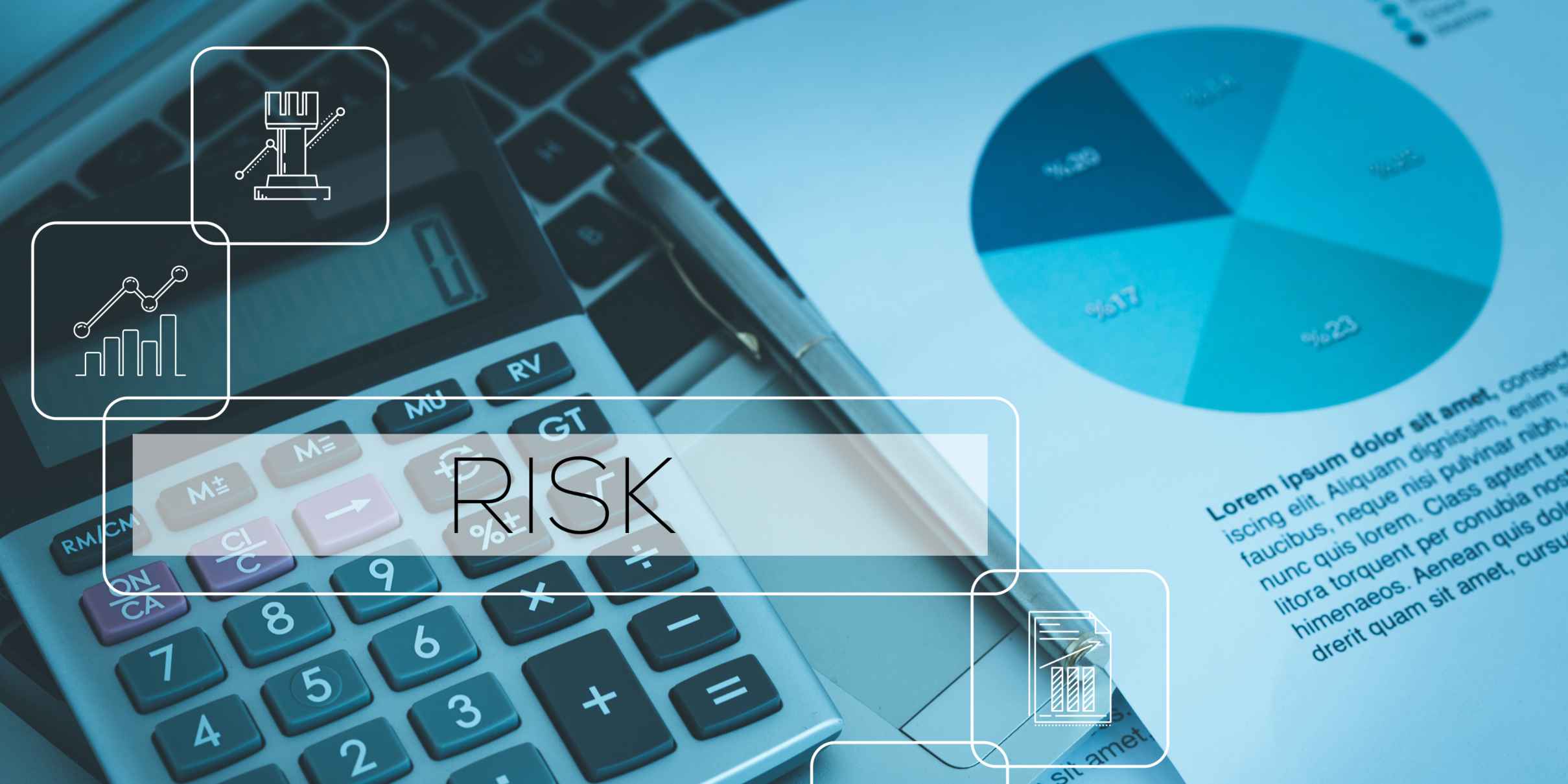Risk Assessment Isn’t Enough Anymore
Traditionally, risk assessment has been viewed as a once-a-year exercise—a spreadsheet, a workshop, a few probability-impact scores, and a color-coded matrix. But in 2025, this static approach is no longer sufficient.
In an era marked by geopolitical tensions, AI disruption, regulatory shifts, and climate volatility, risks don’t wait for board cycles. They evolve in real time. And organizations must evolve, too—transforming risk assessment into an ongoing, proactive, and business-embedded risk management discipline.
What’s the Difference Between Risk Assessment and Risk Management?
Let’s clarify the distinction:
Risk assessment is a component of risk management—but on its own, it’s reactive. The modern organization needs to connect those assessments to decisions, policies, and performance indicators.
Why This Shift Matters Now More Than Ever
1. Risks Are Interconnected
A cyber breach can trigger reputational loss, legal exposure, and operational shutdown. Treating such risks in isolation misses their compounded effect.
2. Compliance Demands Have Grown
Regulators increasingly expect dynamic risk evaluation—not annual reporting. In sectors like finance and healthcare, regulators now ask: “When was this last updated?”
3. Decision Speed Has Increased
Business decisions are being made faster than ever. Waiting for quarterly updates isn’t just inefficient—it’s risky in itself.
The Risk Management Lifecycle in 2025
Instead of static lists, risk management operates as a continuous feedback loop:
- Define the objective and scope of the risk assessment
Establish the business goal or area being evaluated, ensuring clarity and focus. - Identify the risks
Detect events or uncertainties that could affect the objective, drawing from audits, incidents, data trends, or team input. - Determine target risk score based on risk appetite
Set the desired level of acceptable risk, considering organizational thresholds. - Determine gross risk score
Evaluate the inherent risk before controls, based on its potential likelihood and impact. - Risk response and follow-up
Decide how to handle the risk (avoid, reduce, transfer, or accept) and define required improvement actions. - Set control objectives, inventory current controls, and initiate improvement actions for the risk
Link each risk to its existing controls and identify where improvements are needed. - Determine net risk score
Reassess the risk after controls to evaluate effectiveness. - Determine risk response based on risk appetite or set up improvement actions for the risk
If residual risk is above target, plan additional mitigations or redesign control strategies. - Test controls
Evaluate the design, existence, and operation of key controls. - Determine actual risk score
Finalize the risk rating after factoring in all tested controls and improvements. - Set and follow up on improvement actions for the controls
Assign ownership, track deadlines, and ensure accountability for all control improvements.
.png)
From Assessment to Strategy: What Changes?
Transitioning to a mature risk management posture means asking better questions.
Embedding Risk Thinking in Business Operations
To be effective, risk awareness can’t live in a silo. It must permeate:
- Finance: Integrating risk into budgeting and investment planning
- Operations: Linking control failures to process KPIs
- HR: Addressing cultural and people-related risks, such as attrition or misconduct
- Technology: Prioritizing cyber threats based on evolving attack surfaces
Risk professionals are becoming enablers of business, not just gatekeepers.
Use Case Spotlight: From Manual to Agile at Menzis
One of the Netherlands’ largest health insurers, Menzis, faced a challenge: its risk system was slow, heavily IT-dependent, and underutilized.
After transitioning to a more agile GRC platform, the company:
- Empowered users with real-time dashboards
- Streamlined compliance tracking using DNB Good Practice Information Security
- Reduced IT reliance for report generation and updates
What changed wasn’t just the tool—but the organizational mindset around risk ownership.
“With our previous system, reporting was a time-consuming, manual process. Now, with CERRIX, we generate reports instantly, providing accurate and real-time compliance insights.”
— Barbara Bloeme, Risk Controller, Menzis
Tools That Enable the Shift
Modern risk management requires platforms that support:
- Role-based access and ownership
- Control design and testing workflows
- Automated notifications for overdue risks
- Visual dashboards linked to KPIs and strategic objectives
- External assurance mapping (e.g., ISO, SOC 2, ECB)
Solutions like CERRIX Risk Management Software offer these features within a European-regulation-aware environment, with specific strengths in financial services, insurance, and audit-heavy sectors.
How to Mature Your Risk Program
Step 1: Map Current vs. Desired State
Use a maturity model (e.g., Basic → Integrated → Strategic) to identify gaps.
Step 2: Elevate Governance
Form a risk committee with cross-functional leads. Embed risk into management reviews.
Step 3: Automate the Essentials
Eliminate email-based tracking and spreadsheets. Use software to centralize, notify, and standardize.
Step 4: Engage the First Line
Train managers to use dashboards, interpret KRIs, and update action plans without relying on second-line teams.
Step 5: Benchmark & Improve
Run internal reviews or external audits to test effectiveness—and refine the framework accordingly.
The Future Belongs to Risk-Ready Organizations
Risk isn’t an obstacle to progress—it’s the lens through which progress is made safely and sustainably. The organizations leading in 2025 are those who:
- See risk as strategic
- Equip teams with real-time tools
- Shift ownership to the frontline
- Build systems that evolve with change
As businesses move from checklists to culture, platforms like CERRIX aren’t just GRC tools. They’re enablers of insight, agility, and resilience.
FAQs
What’s a common mistake in risk assessment?
Over-relying on static scores without linking to outcomes or updating in real-time.
How do you know a risk management system is working?
Reduced incidents, faster remediation, better audit outcomes, and more confident decisions are key indicators.
Is automation replacing human risk judgment?
No—it’s enhancing it. Tools provide signals, but interpretation and action still rely on human expertise.
How do you involve the board in risk oversight?
Translate risk exposure into strategic language—linking risks to objectives, market position, or investor trust.
Spreadsheets vs. GRC Tools: Elevating Risk & Compliance Management
Accessible popup
Welcome to Finsweet's accessible modal component for Webflow Libraries. This modal uses custom code to open and close. It is accessible through custom attributes and custom JavaScript added in the embed block of the component. If you're interested in how this is built, check out the Attributes documentation page for this modal component.



.jpg)
%20(1).jpg)
%20(1).jpg)
.jpg)
.jpg)
.jpg)
.jpg)
%20(1).jpg)
.jpg)
.jpg)
.jpg)

.jpg)
.jpg)





%20(1).avif)



